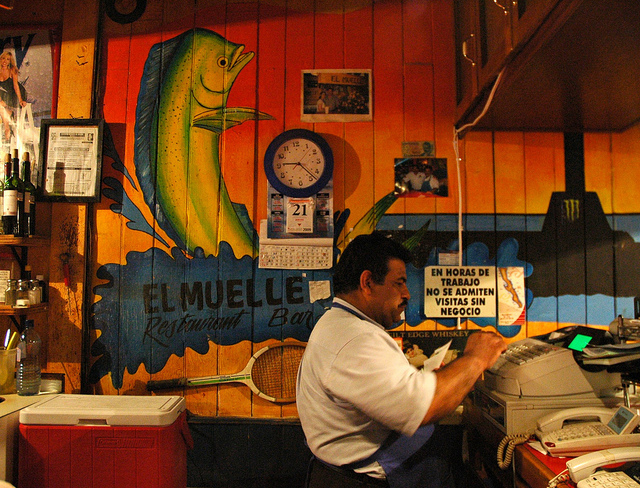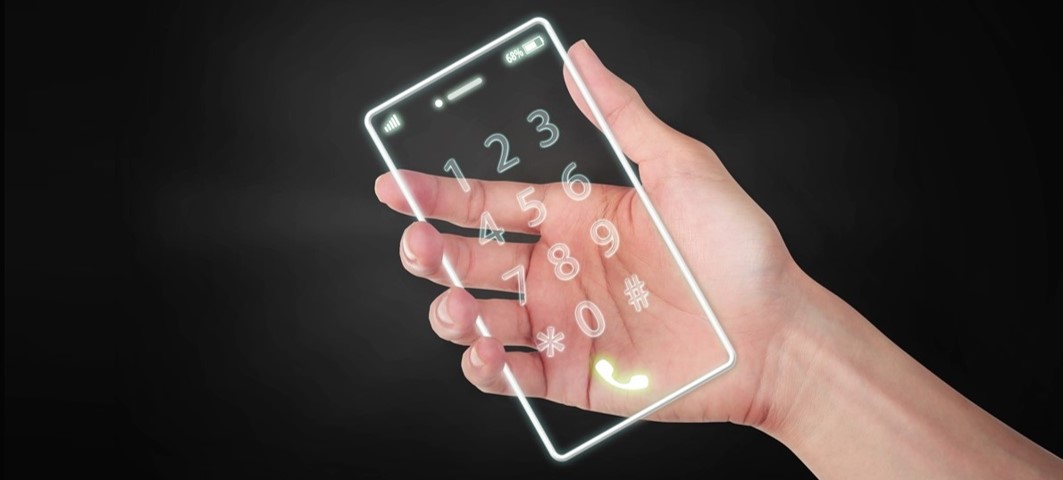Numbers can be stolen, signatures forged, and IDs hacked; but an individual’s behavioral biometric motion is unique, consistent and identifiable. The field of behavioral biometrics detects cyberattacks in real-time.
Financial institutions all over the world use BioCatch for behavioral biometrics to protect clients and their assets. In October 2019, Royal Bank of Scotland (RBS) shared how they used BioCatch to detect a suspicious transaction in its corporate banking unit, as featured in the Wall Street Journal.
“BioCatch’s breakthrough technology has already become an integral part of our fraud and authentication strategy,” stated RBS Chief Administrative Officer, Simon McNamara.
McNamara recently sat with BioCatch’s CEO, Howard Edelstein, and Edelstein explains how his technology addresses current security needs and is working on preventing future threats. Watch the complete interview.
Edelstein explains that the logic behind how security currently works is evolving from deterministic to probabilistic. BioCatch does not identify users through external, forgeable, factors such as ID numbers or passwords, rather BioCatch focuses on a persons’ subtle hand motions, behavior, and over 2,000 nuanced personal actions-purely probabilistic analysis.
BioCatch identifies a person by looking at the individual’s own motions. Examples include how quickly a person clicks a link or what he does when his mouse disappears. These actions are difficult to notice and almost impossible to forge. Consistently within 4-5 seconds of another person logging in, BioCatch can determine a person was hacked and can sometimes even identify who the person is.
Edelstein gave multiple examples of BioCatch preventing fraud and once even proved a person is still alive because no one else could repeat that individual’s unique motions. He also explained that with an ROI of today, why isn’t everyone using behavioral biometrics? “Because they are stuck in the mindset of last year.”
Some financial institutions still view BioCatch as the work of science fiction – but the solution the company has built is all too real. Learn more about BioCatch on OurCrowd.








